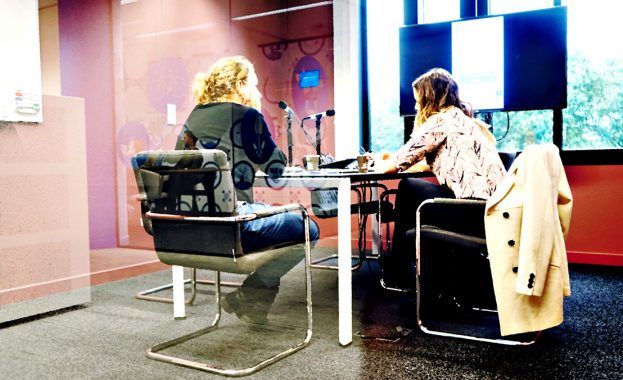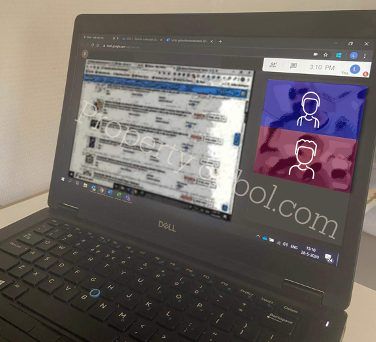UX Research during COVID-19
Or: Everybody is a remote UX Researcher
In our previous post we talked about how ‘Everybody is a UX Researcher’ and we believe that involving all stakeholders and letting them talk to our users is vital for a good product development.

Then corona happened, but we wouldn’t let a global pandemic bring us down. In this post we will describe how bol.com handles UX research during the time where meeting in-person is not an option. Limited resources give you an opportunity to be creative.
Remote Usability research
We love to geting our user’s feedback; with a quick guerrilla test, full scale usability test, or anything in between. However, during the COVID-19 pandemic we are not able to use our regular research methods, so we switched to remote research. Our customers and partners shared their screen and we conducted our usual usability test, but with a few adaptions.

We sent out all the required documents, links and consent forms ahead of the research day. We made everything that was needed during the study, accessible from the participant’s computer. It requires more patience from the interviewer; technology can let you down and there are distractions at the participant’s end. Taking notes for your observers is also a bit different too, especially working together to create a summary.
I won't go into details of the setup, but if you want to know more contact us and we are happy to share. In short:
- We invite the user to join via Google Meet at a certain time slot.
- Stakeholders are invited to join and observe (no talking though).
- The user shares the screen and we give them tasks to perform.
The main takeaways
- We were witness to their daily struggles, like business partners having to take important calls that interrupted their flow, waiting on slow internet or using screens that are not really business size. And as for our customers ...small children running around causing distractions. And then these huge cookie warnings taking up the entire screen that no one even tries to click away.
- This remote user research requires a whole new range of interviewing skills. Extra patience, as it is even more important to make sure your interviewee feels at ease. And extra time to identify if the user really understands the tasks.
- Everyone liked it: Our users were happy to invite us in and we could talk to users from distant areas. No travel time means that we can talk more to our customers abroad and business partners working from their office too.
- Perhaps this is an even more realistic way of doing user research. In the user’s own environment, on their devices and with their own working files. This form of research is especially suited for longer (approx. 1 hour) studies.
Even though the sessions took longer and there were definitely some hurdles to overcome we did appreciate this form. It gave us new insights and made us rethink the way we conduct research.
Will we continue doing this when all corona measures are behind us? Why not! It’s a great new tool in our toolbox that will have its place in future projects.
We are curious to learn more
What are your experiences with remote research?
- What tools and methods do you use?
- Do you experience differences in results?
- Do different participants agree to participate?